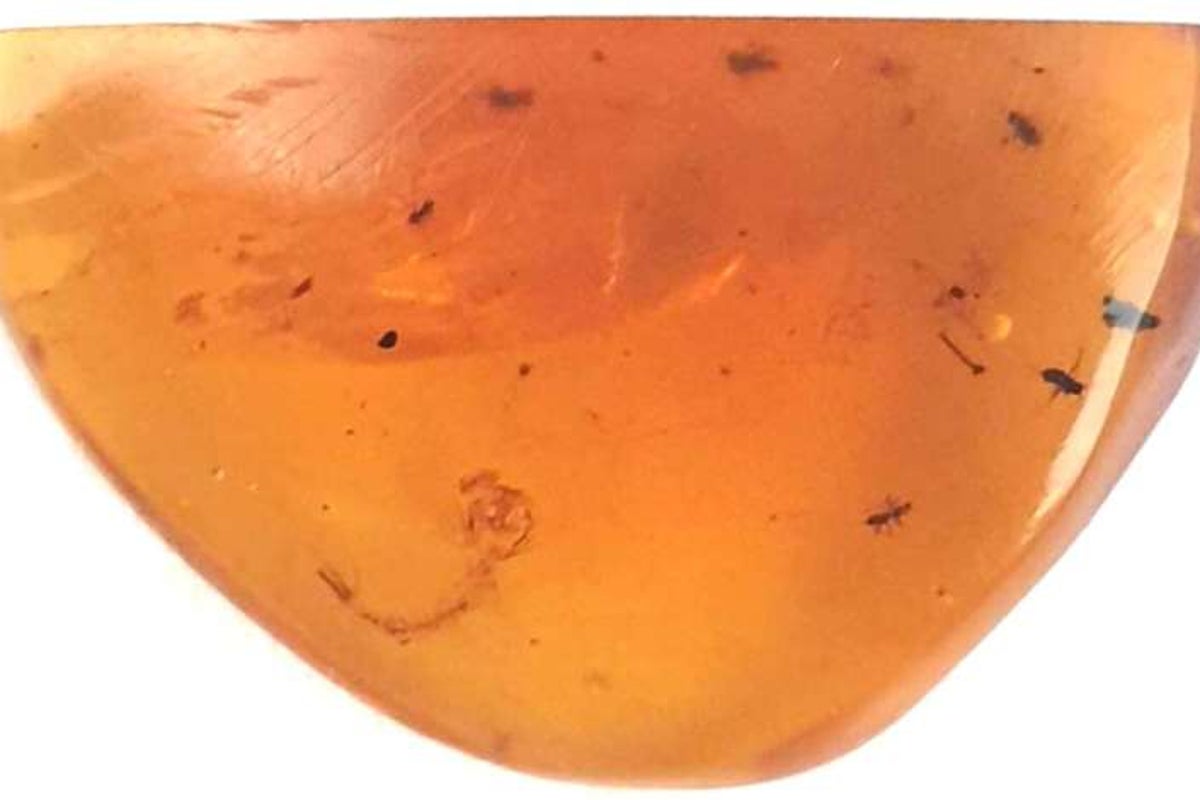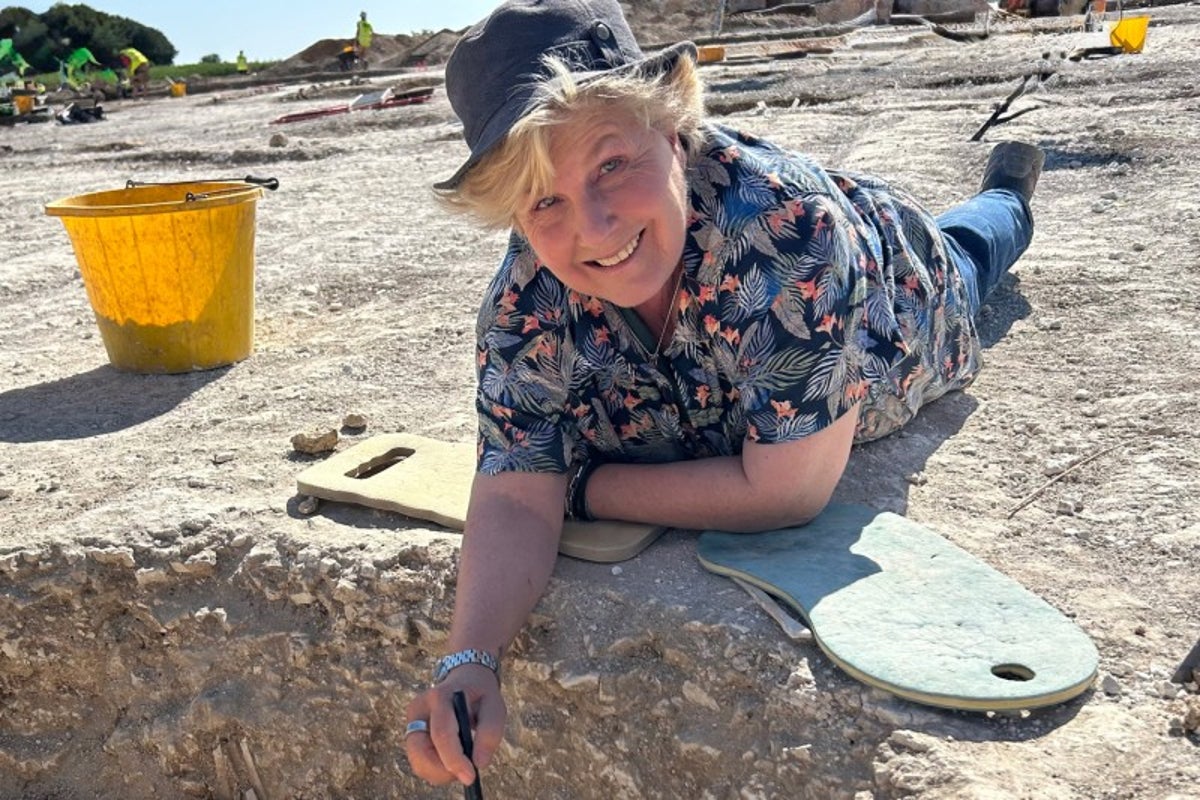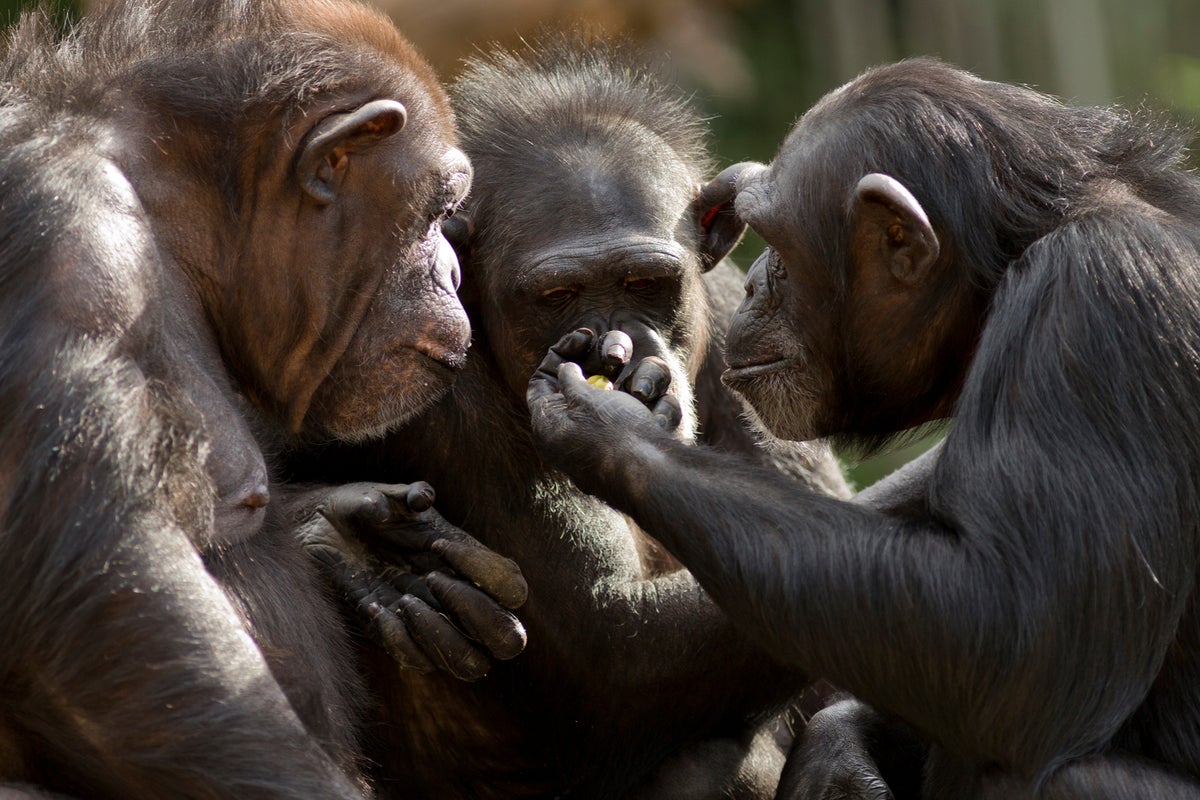The discovery of ancient mosquito larvae in amber reveals that modern mosquitoes are not the only bloodsuckers on the planet, challenging our understanding of evolution and raising questions about the coexistence of species across time, much like the ongoing debates over climate change and humanity’s impact on nature.
The recent discovery of 99-million-year-old mosquito larvae trapped in amber has sent shockwaves through the scientific community, igniting discussions about the evolutionary history of mosquitoes and their relationship with modern species. This finding not only sheds light on the ancient ecosystems that existed during the age of dinosaurs but also raises provocative questions about the nature of coexistence and adaptation in our current environment.
The amber, which was discovered in Myanmar, contains well-preserved specimens of mosquito larvae that date back to the Cretaceous period. This period, which lasted from approximately 145 to 66 million years ago, was a time when dinosaurs roamed the Earth, and the climate was vastly different from today. The presence of mosquito larvae in this ancient resin suggests that these insects have a long and complex history, having adapted and survived through various environmental changes.
Mosquitoes are often viewed as mere nuisances in the modern world, vectors of diseases such as malaria, dengue fever, and Zika virus. However, the discovery of their ancient relatives prompts a reevaluation of their role in ecosystems throughout history. The fact that these extinct forms of mosquitoes coexisted with dinosaurs indicates that they have been part of the Earth’s biological fabric for millions of years, adapting to changes in climate, flora, and fauna.
The implications of this finding extend beyond mere curiosity about ancient life. It raises significant questions about the resilience of species and their ability to survive in the face of environmental challenges. Just as modern mosquitoes have adapted to urban environments and changing climates, these ancient larvae likely had their own strategies for survival. This parallel invites comparisons to contemporary issues such as climate change, habitat destruction, and the ongoing struggle for species to adapt to rapidly changing environments.
Moreover, the discovery of ancient mosquito larvae challenges the notion of extinction as a straightforward process. While many species have disappeared due to catastrophic events or human activity, others have shown remarkable resilience. The existence of these ancient mosquitoes alongside dinosaurs suggests a complex web of interactions and dependencies that have shaped ecosystems over millions of years. It prompts us to consider how current species might also adapt or evolve in response to the pressures of modern life.
The study of ancient insects preserved in amber is not new; however, the discovery of mosquito larvae adds a unique dimension to our understanding of these creatures. Amber serves as a time capsule, preserving not just the physical forms of insects but also providing insights into the environments they inhabited. The study of these specimens can reveal information about the flora and fauna of the time, as well as the climatic conditions that prevailed.
As scientists continue to analyze the larvae, they will likely uncover more details about their morphology, behavior, and ecological roles. This research could lead to a deeper understanding of the evolutionary pathways that have shaped mosquitoes and other insects over millions of years. It may also provide valuable insights into the dynamics of ancient ecosystems, helping us to draw parallels with contemporary environmental challenges.
The discovery has also sparked interest in the potential for using ancient DNA to study the evolutionary history of mosquitoes. Advances in genetic analysis techniques may allow researchers to extract and analyze genetic material from these ancient specimens, providing a clearer picture of how mosquitoes have evolved over time. This could lead to breakthroughs in understanding the genetic basis of disease transmission and resistance, with implications for public health and pest control strategies.
Furthermore, the coexistence of ancient and modern mosquitoes raises ethical questions about our relationship with nature. As we grapple with the consequences of climate change and habitat destruction, the resilience of species like mosquitoes serves as a reminder of the intricate balance of ecosystems. It challenges us to reconsider our role as stewards of the planet and the impact of our actions on the natural world.
In a broader context, the discovery of ancient mosquito larvae in amber serves as a microcosm of the ongoing debates surrounding evolution, adaptation, and the future of biodiversity. Just as these ancient insects have survived through millennia, modern species face their own challenges in an increasingly human-dominated world. The lessons learned from studying the past can inform our understanding of the present and guide our efforts to protect the future of our planet’s biodiversity.
As researchers delve deeper into the implications of this discovery, it is clear that the story of mosquitoes is far from over. The ancient larvae remind us that life on Earth is a continuous narrative, shaped by countless interactions and adaptations. The study of these ancient creatures not only enriches our understanding of the past but also serves as a crucial lens through which we can examine the challenges facing our world today. The resilience of species, the complexities of coexistence, and the ongoing struggle for survival are themes that resonate across time, urging us to reflect on our place within the natural world.
Finding indicates extinct forms of mosquitoes coexisted with modern ones during the dinosaur era




